Despite travel restrictions, many of Norway's roadside architecture projects are continuing as planned. Here are the best of those opening in 2020.
Plans for Norway's summer of domestic tourism are well underway. I know many of you living in Norway are planning a road trip.
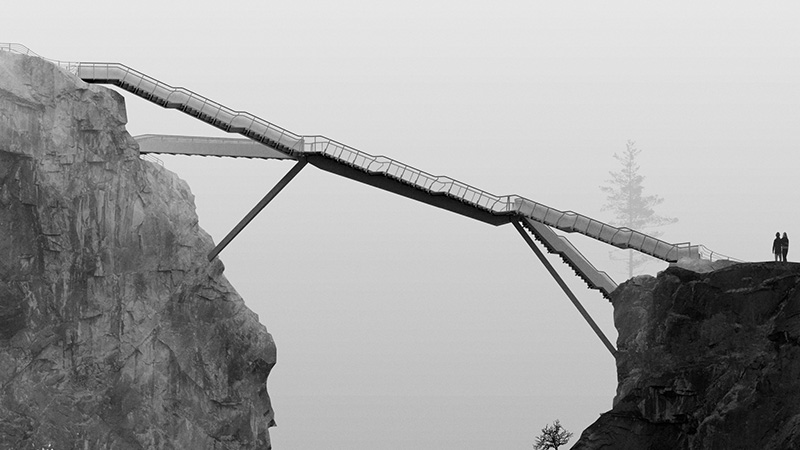
Table of Contents
Norway's most scenic road trips
If you've ever been on a road trip in Norway, chances are you've come across one or more of the Norwegian Scenic Routes. Since 1994, these 18 stretches of road have received extra investment from the government to improve conditions and facilities.
But the investment goes beyond improving the roads and opening rest stops. There's a focus on architecture, turning the rest stops into attractions in their own right. By 2023, the 20-year investment will come to an end. In the period 2018-2023, there are 46 projects planned.
Throughout 2020, the following new architectural highlights are set to open:
Vøringsfossen phase 2
The new viewpoint at the Vøringsfossen waterfall already attracts plenty of visitors. Later this year, a new staircase is set to bring even more.
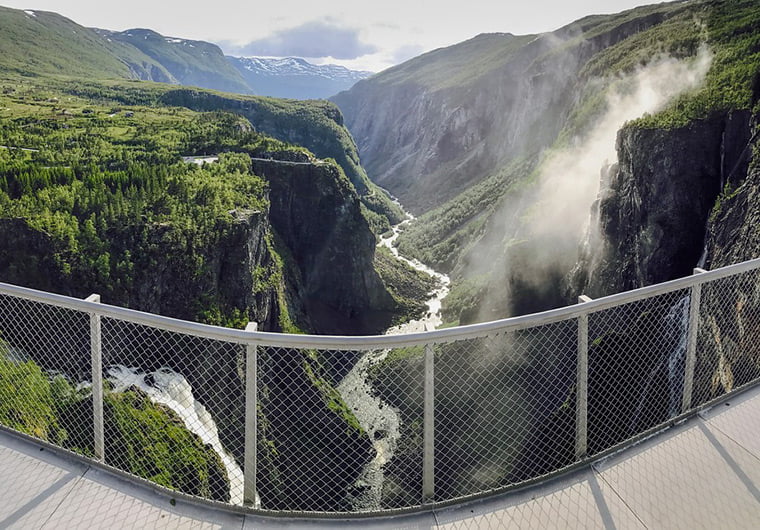
The design for the new staircase is pictured at the top of this article. The creation by architect Carl-Viggo Hølmebakk is set to open in September.
Høllesli, Ryfylke
Norway's Lysefjord is one of the country's most famous fjords. Most people know of the spectacular viewpoint atop Preikestolen, but not everyone wants to battle with the crowds to hike there.
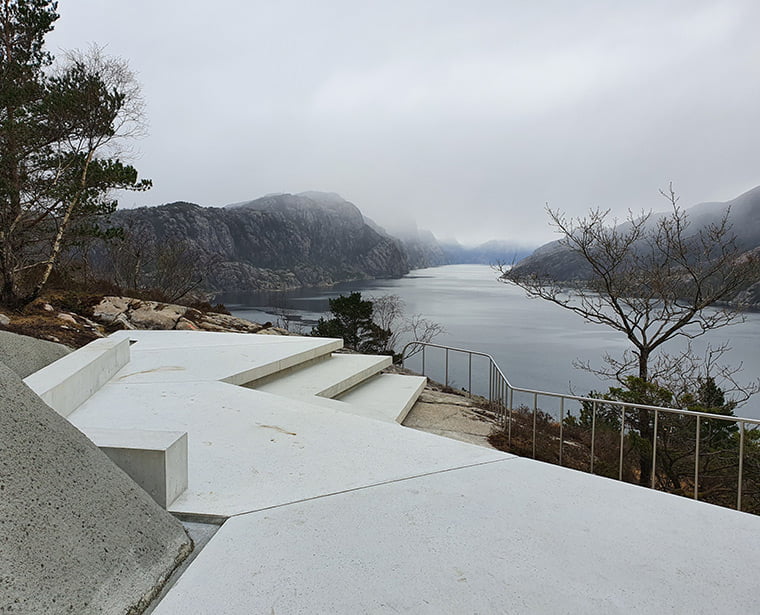
Høllesli on the Ryfylke route is a good alternative. Many cars used to stop by the side of the road causing a hazard, but now a new rest stop has been constructed offering parking and an elevated viewpoint of the fjord.
Valdresflye
On Valdresflye it's easy to get a feeling of “flying” above the mountain plateau in central Norway. The road (closed in winter) has long been a vital transport connection, and today takes keen hikers to many trailheads.
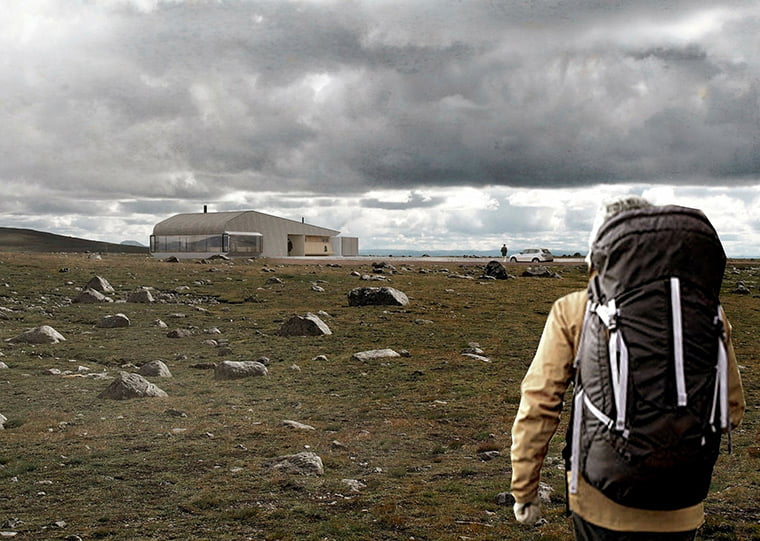
The new DNT cabin offers a view of Jotunheimen National Park and a small cafe with indoor seating. The building will serve as an activity centre for hikers and those keen to experience Norwegian friluftsliv.
Refnesstranda, Jæren
The new rest area will be the sixth such place on the Jæren route, one of the more ‘ordinary' of the 18 routes. Tractors often trundle along the route, so rest areas are a popular distraction for tourists.
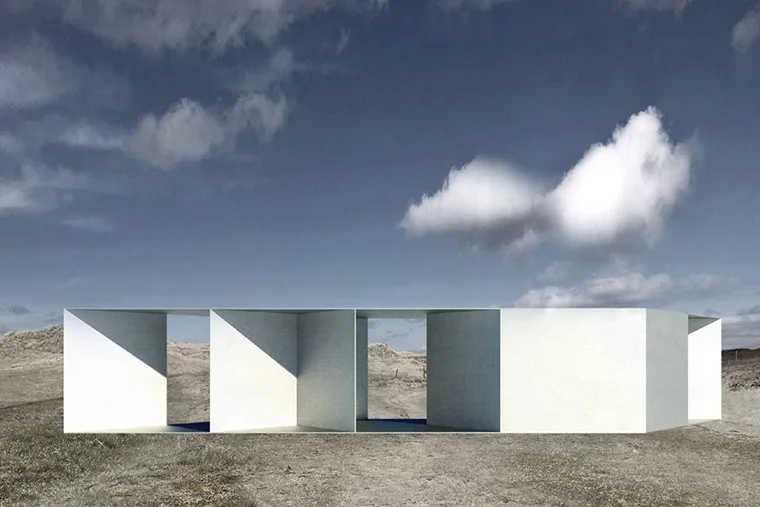
The new parking area close to the Obrestad lighthouse is one of the better places to spend several hours. Visitors can explore the wild scenery, and a small bathing-friendly beach is located a short walk away. The new parking area including restroom facilities opens in the autumn.
Sohlbergplassen, Rondane
Sohlbergplassen is the newest of the five viewpoints along the Rondane route. The viewing point beside the lake Atnsjøen curves around slender pine trees and beautifully frames the Rondane mountains.
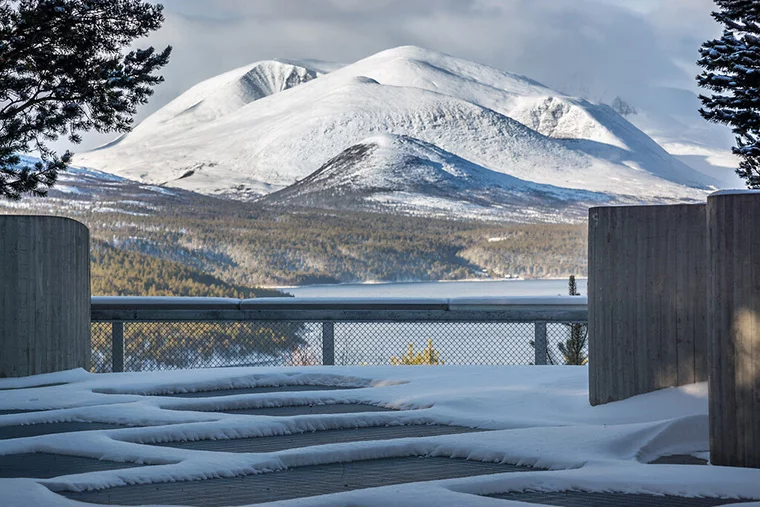
The viewpoint provides the angle made famous in Harald Sohlberg's 1914 painting ‘Winter Night in the Mountains'.
Domen, Varanger
Few international travellers make it as far to the north-east at Vardø. This small birdwatching shelter in glass and white-painted wood on the edge of the mountain is influenced by the local climate and ecology.
However, this part of Norway has a sinister story behind it, too. The mountain crossing is said to be the place you meet with the devil.
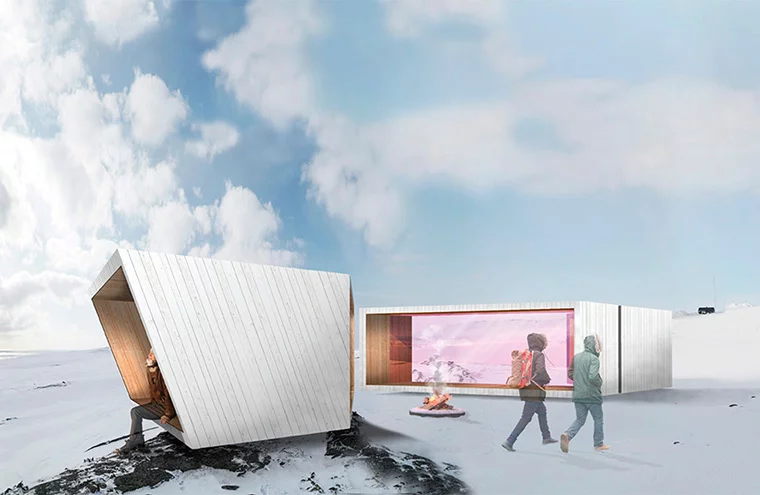
During the 17th century witch trials, 63 women and two men were charged and executed here. The 164-metre tall bare, flat-topped mountain is known as Domen, or the Judgement.
The new facility is part of the Varanger scenic route, arguably the most remote of the 18 routes.
More coming in 2021
Several more roadside rest areas are under construction and set to open in 2021. These include:
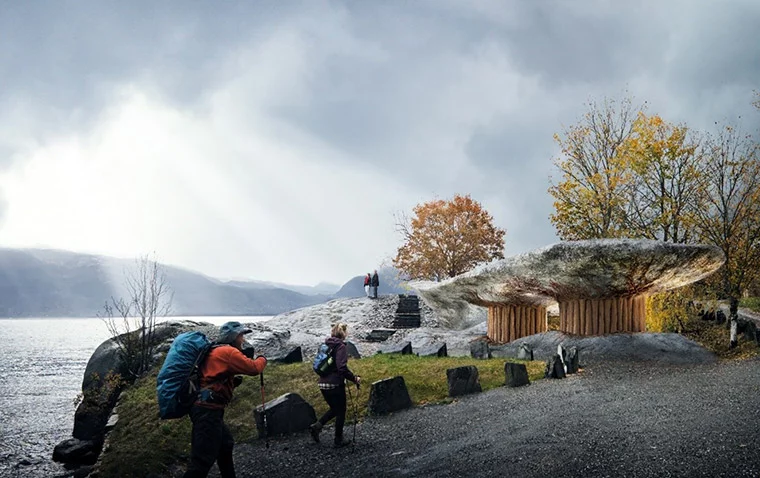
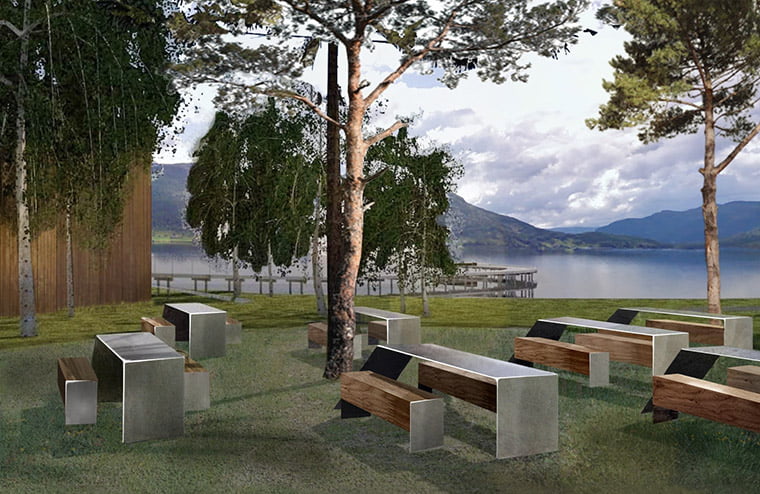
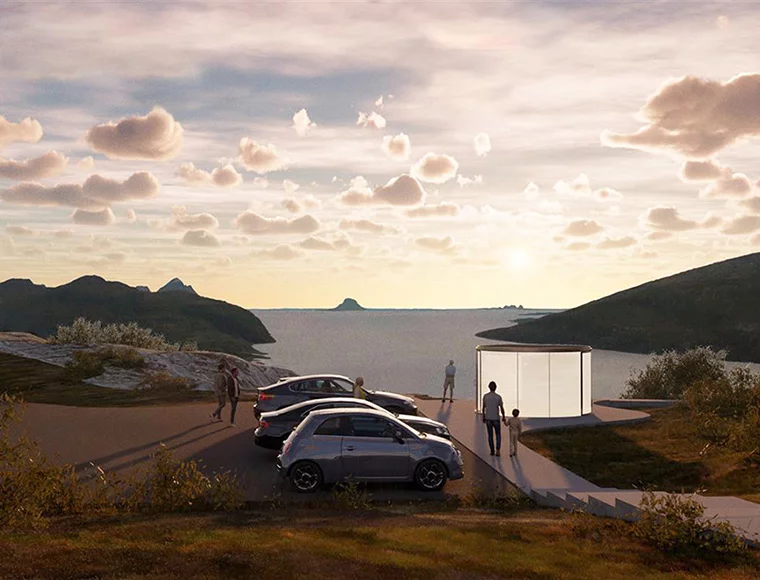
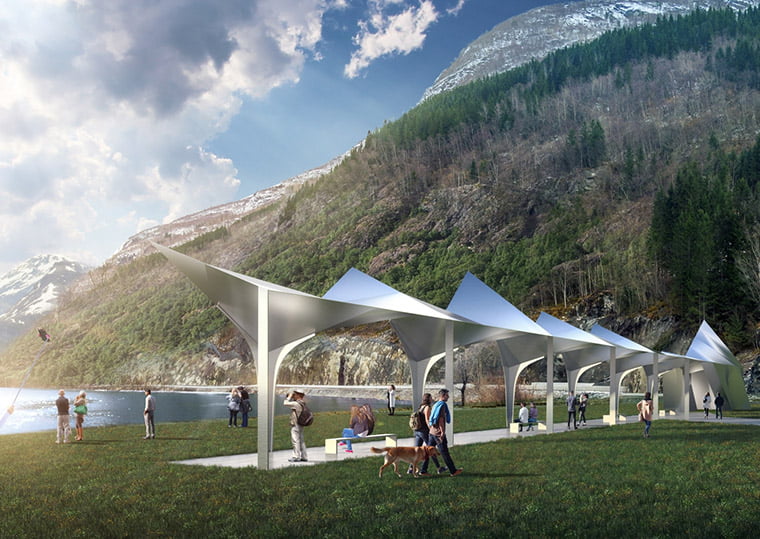


Good to hear that the authorities are upgrading the toilet facilities on these tourist routes! Long overdue, I’d say, but better now than never. Hopefully, the funding also includes staff salaries to KEEP THEM CLEAN!
I like this idea a lot and have seen a couple. Unfortunately many are inaccessible without a car (unless you fancy spending the whole day there – or longer). Maybe they could add similar sculptures/facilities to some of the railway stations or near transport hubs, so non-drivers could enjoy the same sort of thing.